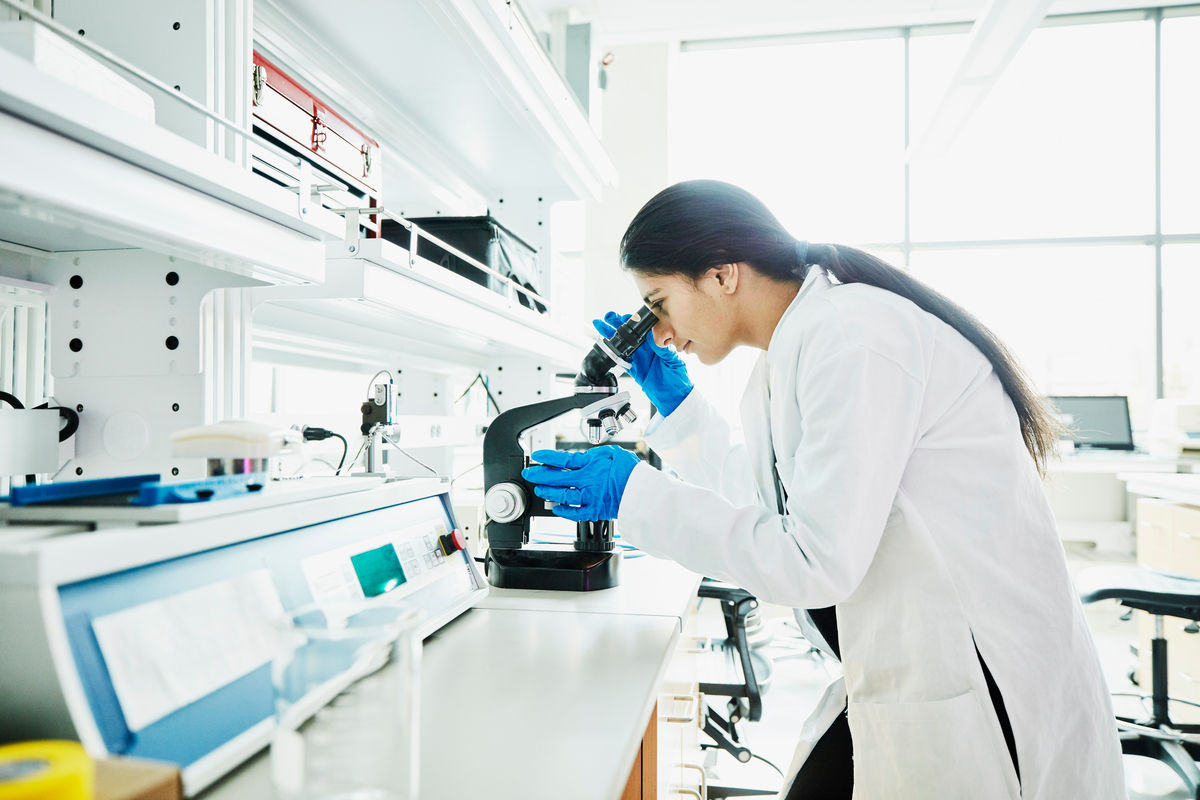-
Global network of in vivo sites to offer fast study starts and maximum flexibility
-
Count on deep support for novel exploratory genomic studies
-
Experience with standard and non-standard animal models
Go from dose to PK data in as little as 5 days or less; rapidly screen large numbers of compounds in the early stages of drug discovery to make faster decisions.
High throughput screening, formulation screening, non-GLP/GLP, dose escalation/linearity, pharmacodynamics, tolerability, investigative and much more.
Get specific regulatory advice for your bioequivalence work. Our experts provide insight and guidance for appropriately powered study designs, as well as submission-ready data and reports, complete with statistics.
We maintain colonies of non-naïve dogs and NHPs across global sites for both large and small molecule development in order to offer quick study starts. In addition to our colonies, clients sometimes choose to use a dedicated client-owned colony for intact and surgical (BDC, PVC, CSF) options. Tracking of molecule class (small and large molecules) enables efficient and sustainable animal re-use as part of our 3R philosophy.
The in-house, dedicated surgical team can work directly with you on studies involving surgical modification. Choose from a standard offering or innovate with the team to perform R&D.
Oral, IV, subcutaneous, intramuscular, intrathecal, intranasal, dermal, and topical ocular routes of administration are utilized to determine the absorption, distribution, metabolism, and excretion of a radiolabeled compound.
We provide the expertise to custom-design and conduct your mass balance studies using 14C, 3H, 125I, 111In, and 131I, or other non-traditional radioisotopes.
The utilization of a radioisotope can provide specific ocular biodistribution information for your test article from selected ocular tissues. Get unrivalled expertise conducting radiolabeled ocular studies using ocular specific dose routes (topical, intravitreal, intracameral, superchoroidal, subretinal); animal species with tissue collection as well as quantitative autoradiography and microautoradiography end points.
Get custom distribution, excretion and metabolism studies using gamma, beta and alpha radioisotopes and imaging agents for your radiopharmaceutical needs. All studies are performed to the applicable Federal Nuclear Regulatory Commission (NRC) or state-issued radiation license requirements.
Distribution of therapeutic agents in the whole body or anatomical substructures can be determined through the use of low‑ or high‑energy emitting radioisotopes, including 3H, 14C, 125I, 131I, 35S, and 99Tc. Industry-leading global QWBA scientists produce quantitative results and qualitative images to depict distribution, retention/accumulation and elimination of a radiolabeled compound over time.
In addition to working with many preclinical test species, our scientists also work with tumor models and specific organs or anatomical areas of interest such as fetal organs, placental transfer models, joints or ocular tissues.
Preclinical tissue distribution data can be used to calculate human dosimetry estimations and enable human mass balance clinical studies using your radiolabeled compound in one of our clinical research units across the globe.
We use modeling of radiation exposures to support human absorption, metabolism, and excretion (hAME) clinical trials of radiolabeled molecules.
Dosimetry scientists use preclinical tissue distribution data to calculate dosimetry parameters in conjunction with applicable regulations and guidelines that govern human dosimetry, including the International Commission on Radiological Protection (ICRP), the US Food and Drug Administration (FDA), and the World Health Organization (WHO).
Our scientific team determines a safe radioactive dose level to be administered during the human radiolabeled mass balance and pharmacokinetic (PK) study.
The radioactive dose level and calculated radiation exposures to individual tissues and the whole body may be submitted to institutional review boards and ethics committees across the US and Europe for approval to conduct a human radiolabeled clinical study.
All in vivo metabolism studies are performed in our AAALAC accredited facilities where we value animal welfare as our highest priority, creating a culture of care, supporting the 3Rs.
Dose routes
Sampling
- Cassette and discrete dosing
- Intravenous (bolus, infusion)
- Oral (gavage, capsule/tablet, diet)
- Dermal, Intradermal
- Ocular
- Intraperitoneal
- Intramuscular
- Subcutaneous (bolus, infusion)
- Sublingual
- Buccal
- Intracerebroventricular
- Intrathecal
- Inhalation, Intranasal
- Intravesical
- Intra-articular
- R&D upon request
- Device/surgical
- Blood (plasma, serum)
- Excreta (urine, feces)
- Bile
- Tissues
- PBMC
- CSF (serial survival, terminal)
- Lacteal excretion
- Synovial fluid
- Swabs
- BALF
- Serial biopsies:
- Liver
- Skin
- Muscle
- Bone marrow
- Lymph nodes
- R&D upon request
All in vivo metabolism studies are performed in our AAALAC accredited facilities where we value animal welfare as our highest priority, creating a culture of care, supporting the 3Rs.


